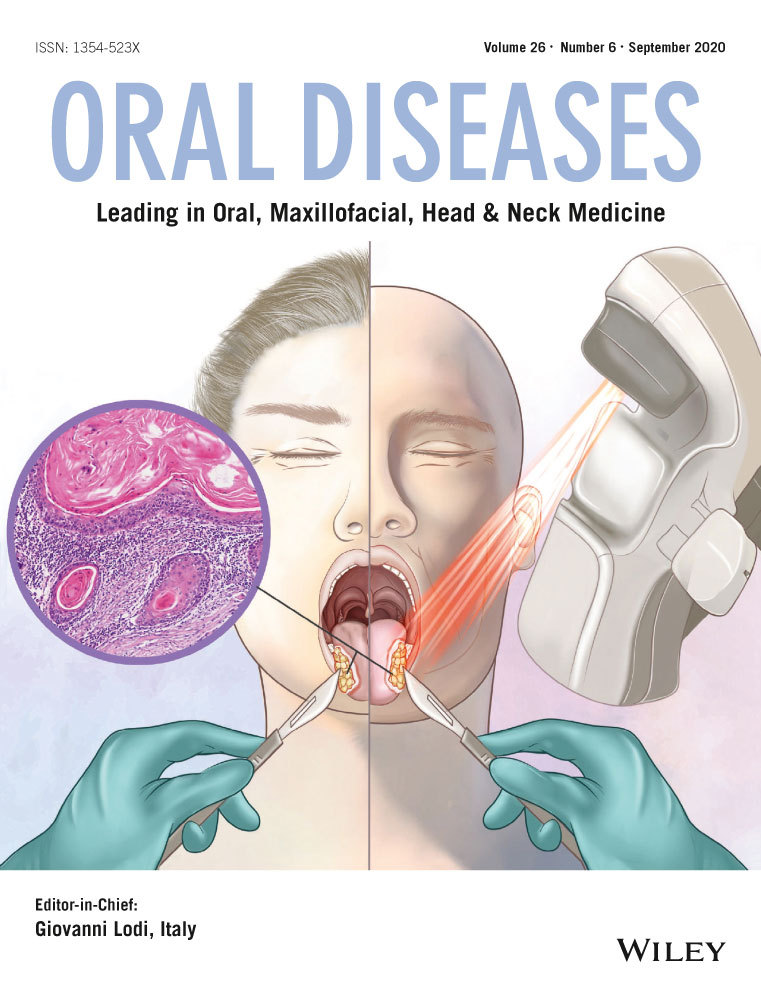Adverse reaction to local anaesthetics: Is it always allergy?
Abstract
Objective
Local anaesthetics are very commonly used drugs in dentistry, and people who undergo procedures with local anaesthetics often refer adverse reactions that are not of allergic origin. Considering that in dentistry contact with allergens is very frequent, it is essential to assess the real incidence of allergy to local anaesthetics.
Subjects and Methods
We evaluated a group of 159 patients in whom adverse reaction occurred after procedures with local anaesthetics.
Results
The reactions between allergy to local anaesthetic (immediate and delayed) and certain symptoms presented by patients were investigated. Allergy to latex and chlorexidine were investigated in all patients. Only one patient, who previously presented a constant erythema at the wrist after procedure with local anaesthetics, was positive to Mepivacaine patch test. Two patients were positive to latex and one to chlorexidine.
Conclusions
The main finding of this study was that a reaction registered in the medical history and reported by a patient is rarely allergic but the use of vasoconstrictors or emotional factors may account for it. However, a complete allergological investigation is necessary for a correct diagnosis and future management.




